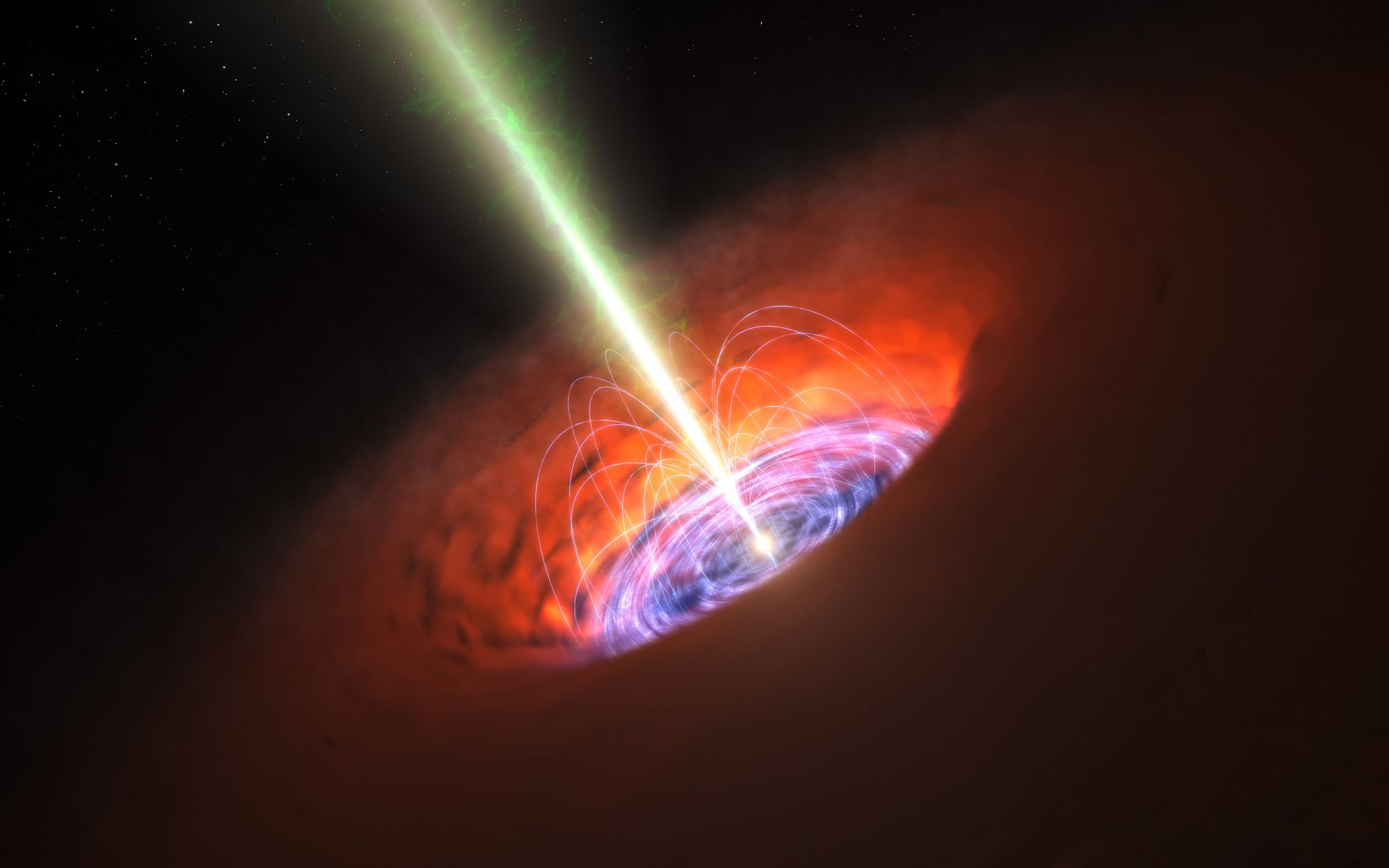The hour of our death, is not the hour of our death for the whole of our physical body. According to new research, hundreds of our genes live on, or even come to life for the first time, for as long as 48 hours after the declaration of clinical death.
Peter Noble and Alex Pozhitkov at the University of Washington, Seattle, led a research team investigated gene activity in mice and zebrafish immediately after death. An increase in this messenger RNA (the meta system that directs the tasks of cells) gives an indication of when genes are more active.
The possibility that genes remain active for some days after death has implications in the field of organ transplants as well as in the establishment of the precise time of death. It also affirms the religious practice in come cultures of leaving the dead unmoved for three dats after the heart has stopped beating.
“We can probably get a lot of information about life by studying death.”
Prof. Peter Nobel
The preprint of the paper that appeared in June 2016 states: “A continuing enigma in the study of biological systems is what happens to highly ordered structures, far from equilibrium, when their regulatory systems suddenly become disabled. In life, genetic and epigenetic networks precisely coordinate the expression of genes — but in death, it is not known if gene expression diminishes gradually or abruptly stops or if specific genes are involved. We investigated the unwinding of the clock by identifying upregulated genes, assessing their functions, and comparing their transcriptional profiles through postmortem time in two species, mouse and zebrafish.”
Noble’s team measured mRNA levels in zebrafish, and in brain and liver samples from mice at regular intervals for up to four days after death, with peak activity at 24 hours after the last breath. They then compared these with mRNA levels measured at the time of death. “Hundreds of genes with different functions woke up after death, including fetal development genes,” they reported. This meant there was sufficient energy and cellular function for some genes to be switched on and stay active long after the animal died. These genes cycled through peaks and dips in activity in a “non-winding down” manner, unlike the chaotic behaviour of the rest of the decaying DNA, said Noble.
Hundreds of genes with different functions “woke up” immediately after death. These included fetal development genes that usually turn off after birth, as well as genes that have previously been associated with cancer. Their activity peaked about 24 hours after death.
“The fact that new molecules were synthesized at 48 to 96 h postmortem suggests sufficient energy and resources to maintain self-organizing processes. A step-wise shutdown occurs in organismal death that is manifested by the apparent upregulation of genes with various abundance maxima and durations. The results are of significance to transplantology and molecular biology.”





